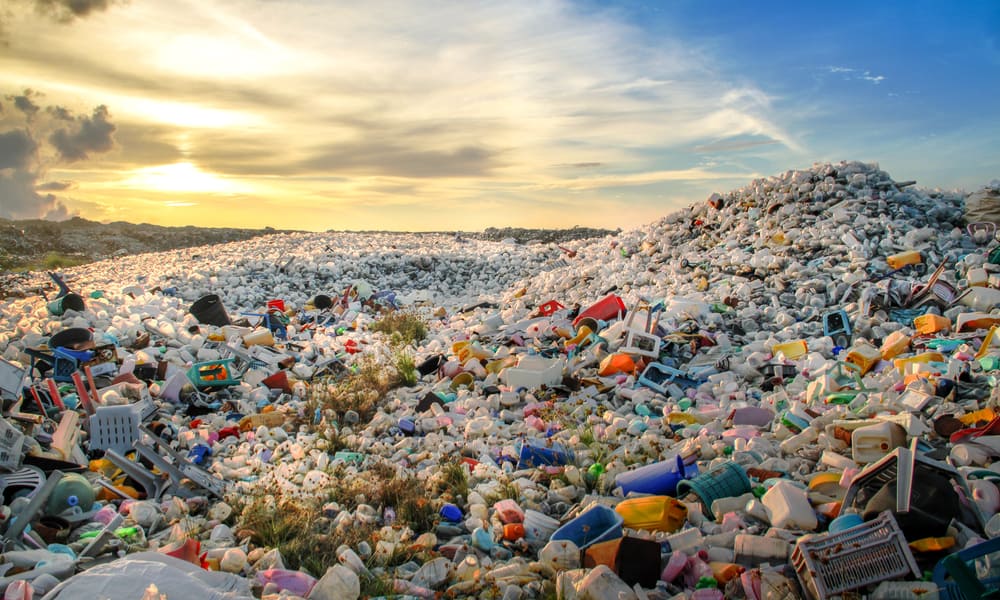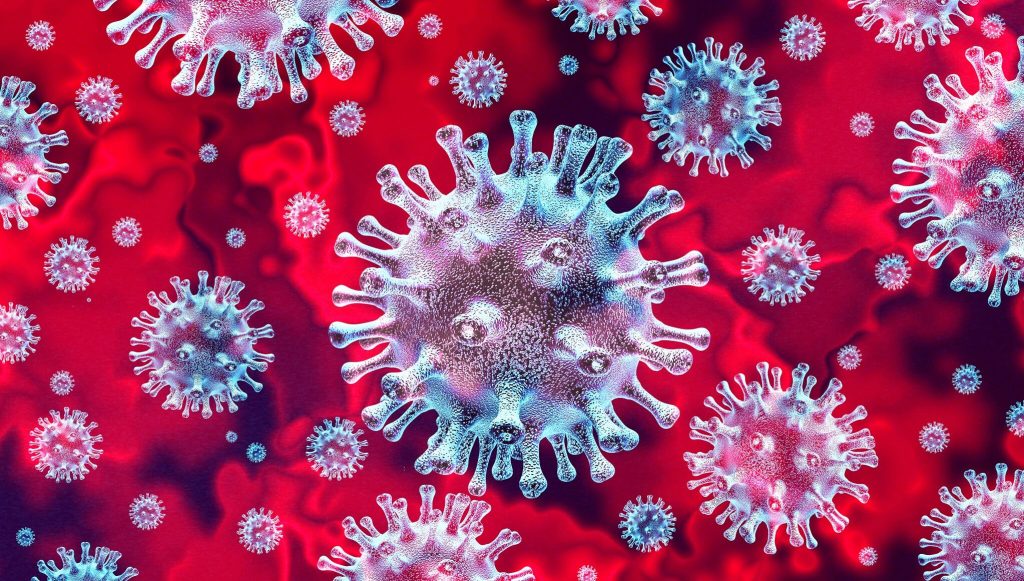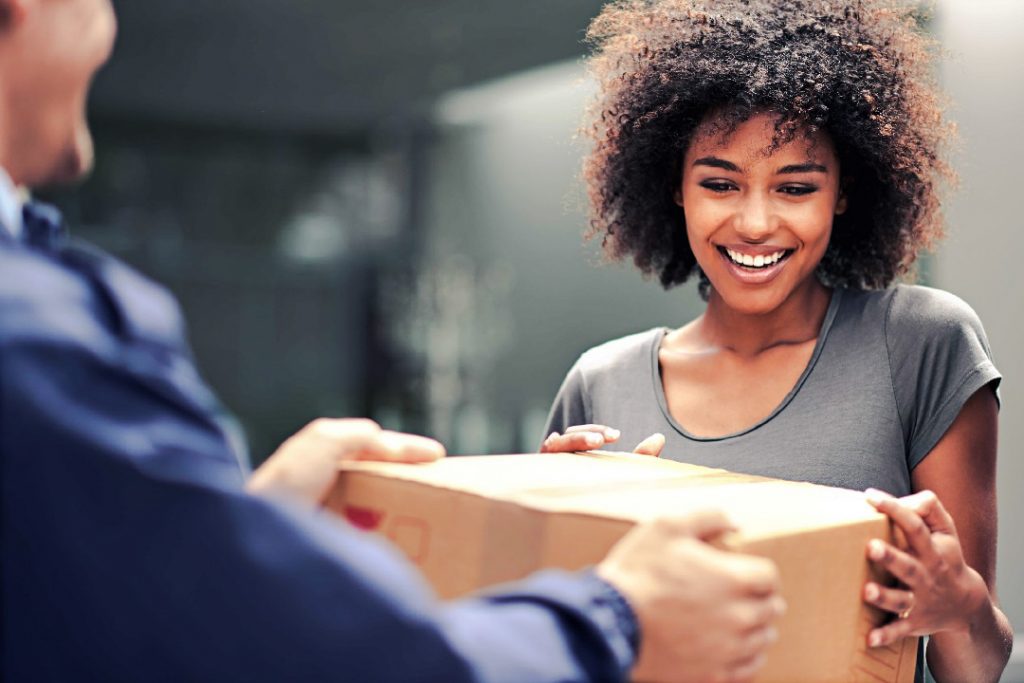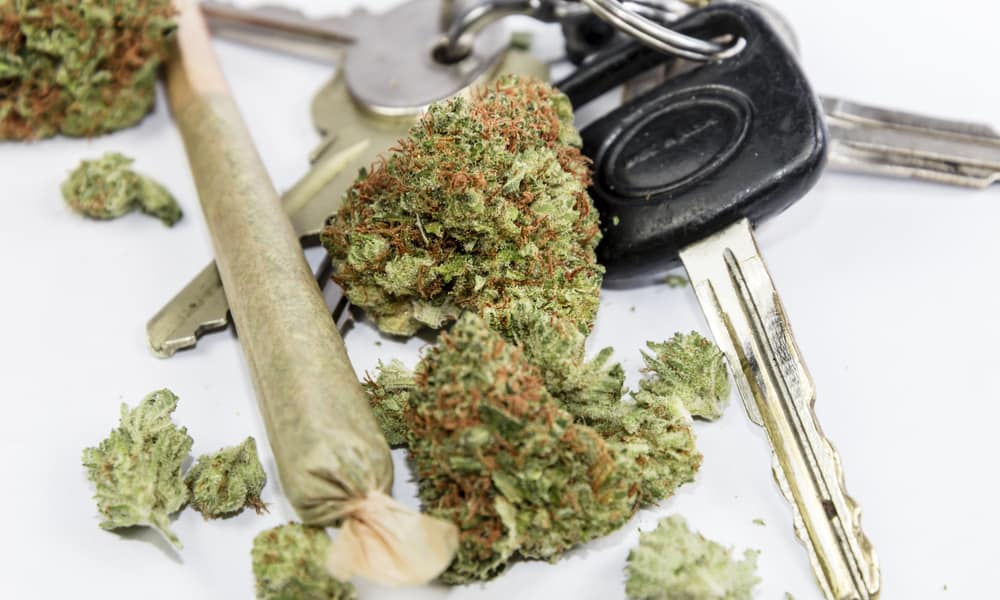Big Cannabis is Creating Big Waste—And it Needs to Stop
It might, then, be the world’s biggest coincidence that marijuana is just now experiencing widespread legalization, because the plant and plastics, though vastly different, are cosmically intertwined. And, unfortunately, the cannabis industry is contributing to the plastic problem. The amount of single-use plastics utilized in cannabis is appalling— from plastic eighth jars to the opaque plastic carry-out bags—and it’s all going into landfills and the ocean.
But the nascent marijuana industry is in a unique position because it also has the potential to become part of the solution.
The majority of the people who use THC might consider themselves to be “pro-planet.” You know—the reduce, recycle, reuse-type; hippies, folks who care about the world they live in. Yet, with the legalization of cannabis, dispensaries have popped up by the dozens, adding pounds of plastic to the colossal-sized pollution issue that’s already mid-dumpster fire.
And it’s all because plastic is cheap. For the multitude of cannabis start-ups struggling to acquire funding, using plastic is the answer to packaging, shipping and production costs. Vape pens, cartridges, product packaging, CBD oil containers, joint tubes, bongs, labeling and stickers, envelopes and shipping packages, edibles wrappers, and bubble wrap are just a few of the ways plastic is used (read: overused) in the cannabis industry.
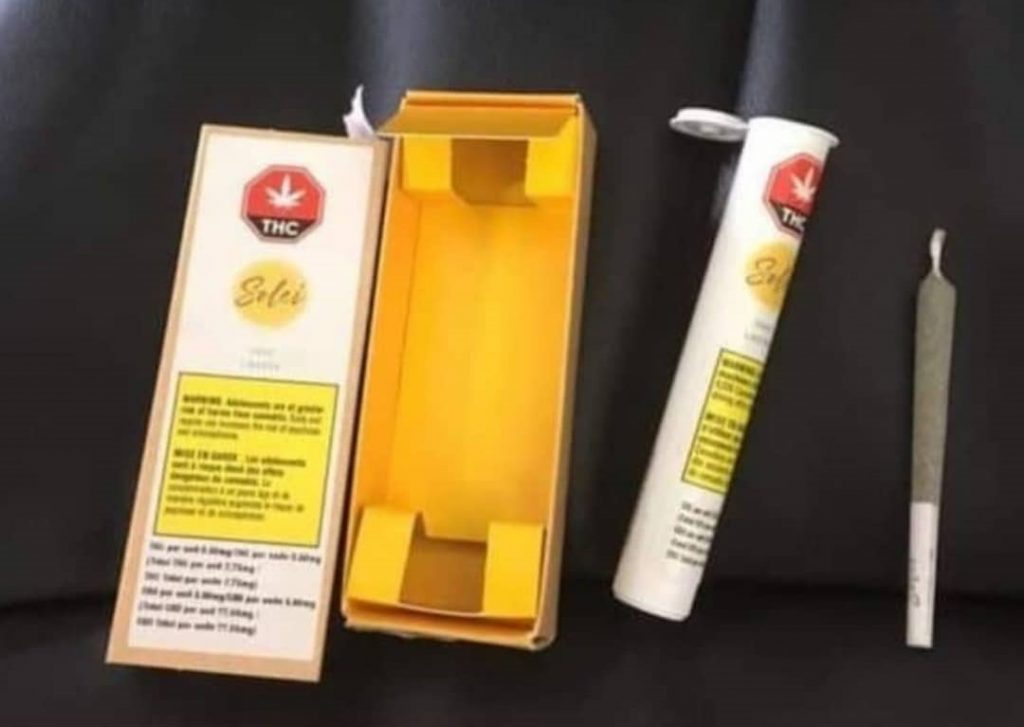
Digging deeper, plastics are made from fossil fuels—they’re petroleum based. Plastic’s best feature (it’s durability) is a major detriment to the health of our planet. It’s so incredibly sturdy that most plastics take 600 years or more to biodegrade. To put that into perspective, the plastic of today will still exist in our children’s children’s children’s children’s lifetimes—and even longer than that.
There’s an uninhabited island in the South Pacific with 38 million pieces of plastic waste on it. It’s probably not on the top of your list of dream vacation destinations. It won’t be on your great-great-great-grandkids lists of places to visit, either. And if the cannabis industry doesn’t shift the way it uses plastic, the world we leave behind for future generations is going to be trashed.
Thankfully, a recent interest in bioplastics made from corn, cellulose, and palm fruit is on the rise. It has to be—we’re facing a massive pollution crisis that’s only getting worse. Among the renewable plant materials being explored and used to make plastic is—you guessed it: hemp.
So why, then, is the cannabis industry (particularly manufacturers, but also the entire supply chain) using so much plastic when it can literally be packaged with, shipped in, and smoked out of hemp?
For scope, let’s take a look at some scary numbers. (If you’re looking for a Halloween costume, consider one of the following statistics.)
In 2015, a study conducted at University of California, Santa Barbara stated that eight million metric tons of plastic finds its way into the ocean annually and ends up killing as many as 1.5 million sea creatures. Furthermore, 91 percent of plastic is not recycled.
In July 2017, The Stranger reported that hundreds of thousands of pounds of compostable waste from the marijuana industry, including used soil and plant materials, was dumped into landfills. And that doesn’t even include the plastic!
So, why are pot lovers being complicit in using nature to kill nature? Most likely it’s just slipped their minds. Our culture isn’t exactly environmentally conscious. In fact, some cannabis farmers don’t even know that the materials they’re using are compostable or recyclable.
Using plastic for everything has become so normalized that we don’t think twice about seeing it everywhere. But the fact the cannabis industry uses it in abundance is ironic as hell, according to Nona Varnado, a small-business consultant in California who works with dispensaries. She not only helps them navigate the new, complex regulations, but she aids with business development, too. Varnado also has a background in environmental education and policy thanks to her non-profit, the Bicycle Culture Institute. And it’s because of her non-profit that she was quickly able to identify the massive plastic problem plaguing the cannabis industry.
“It’s clear the new rules were [ideas] that lawmakers thought sounded tough and kid-protective,” says Varnado. “But they were not well thought out.”
In California dispensaries, weed used to be stored in large apothecary-style glass jars that budtenders would open to allow customers to get a solid whiff of the flower inside. Now, the law requires that all marijuana must be in a child-proof containers and pre-weighed with lab-testing info printed on labels.
Though it sounds lovely on paper, what it effectively means is that the days of glass apothecary-style jars and sending product home in recyclable bags or reusable glass jars are over. In its place, millions of pre-weighed plastic containers with hefty push-down-to-open lids wrapped in plastic sealing are being used and piling up in our landfills. And due to the stringency of the law, most companies don’t have much in the way of packaging options. Varnado says the sheer volume of plastic waste she witnessed going through the dispensary was staggering.
“The shop I was at pre-measured one and five grams [of flower], and it was very common for a single purchase to have a several of these [in their order]. There’s no recycling or reuse, except for these cute tamper-proof bags worth talking about,” Varnado says sarcastically.
It should be noted that cannabis businesses are demanding recyclable and reusable packaging options now more than ever. And ancillary cannabis product companies are looking to provide a solution to the problem. CRATIV, for instance, manufactures a pot storage box that’s child-proof, recyclable, and can also be repurposed. In fact, after the product inside the box is used, the nifty container can perfectly store 12 Starbursts, a deck of cards, or lighters.
There are also companies like Marijuana Packaging that don’t yet create recyclable plastic products. But they are abreast of the issue and soon-to-be movement, and are in the process of preparing for change.
“We are aware of the impact [plastic] has on our environment,” says Lisa Chen, head of marketing at Marijuana Packaging “With all the different trends in the cannabis industry, we think sustainability is an important aspect. We do sell glass, and in terms of product, we are seeing a demand from our clients and are looking into alternatives. Overall, it’s happening with the straw ban and there is an increase in concern about the impact that different industries have on their environment.”
Now that an increased awareness of the effects of plastic in our world is at a critical mass, it’s up to us to make sure the change we so desperately needs happens–the wellbeing of the environment and future generations depends on it. So, the next time you’re at a dispensary, it’s worth it to have a polite conversation with the budtender or manager about the importance of carrying cannabis brands that use recyclable materials in their production, shipping and packaging; or to support companies that use bioplastics. And, of course, when you do your canna-shopping, don’t forget to bring a reusable canvas bag to carry home your goodies.
Now that’s thinking green.

